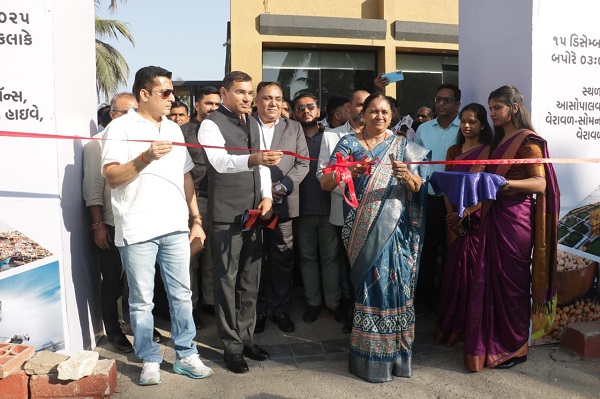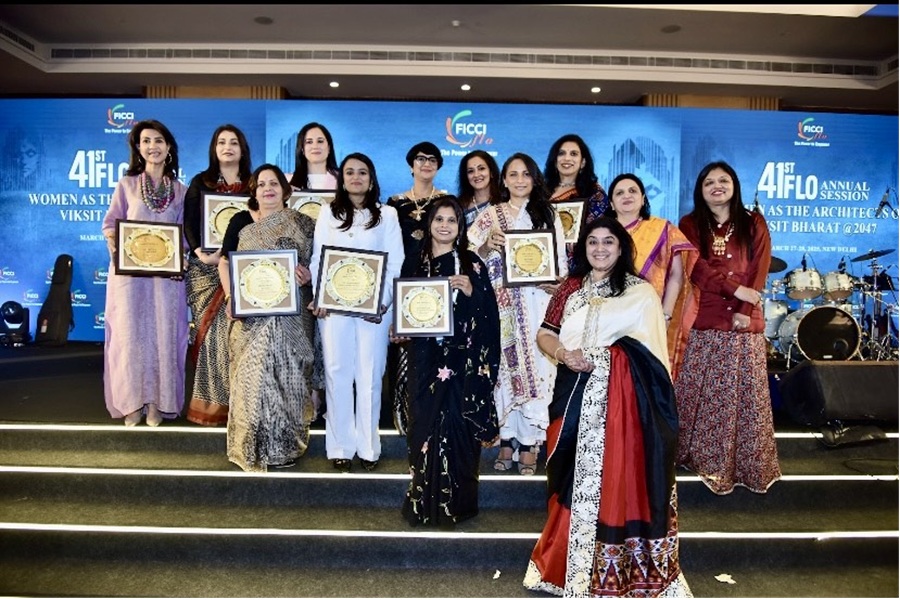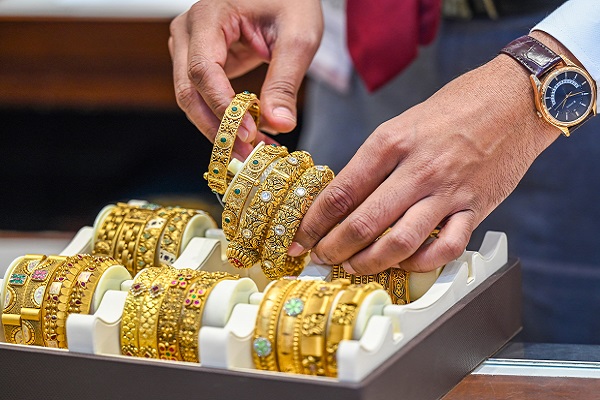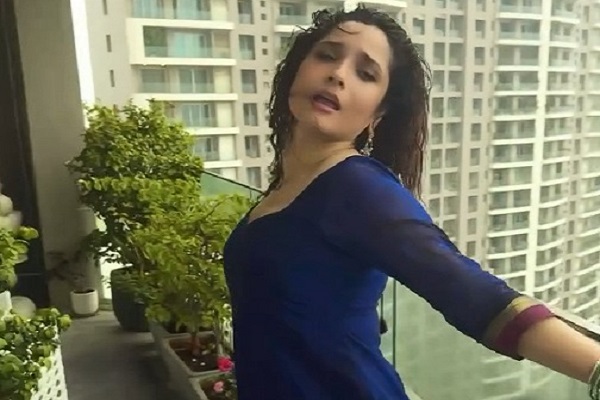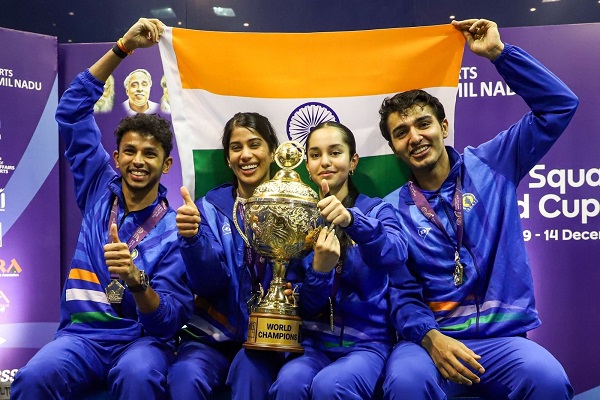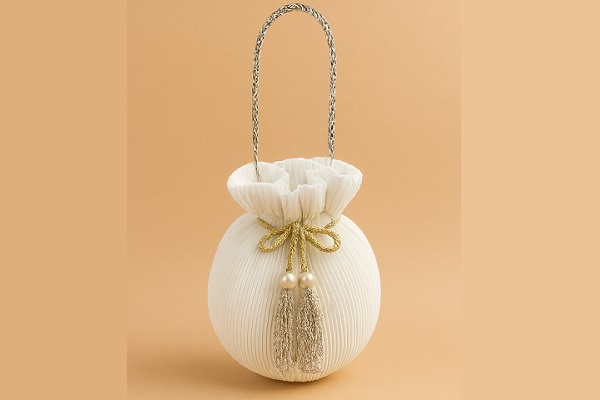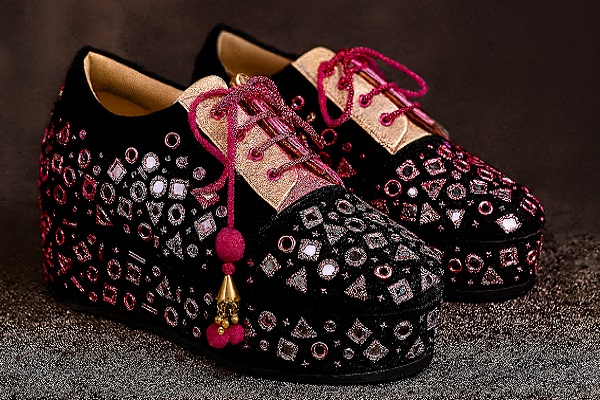The Elegant Charm of South Indian Traditional Fashion: A Glimpse into Timeless Styles
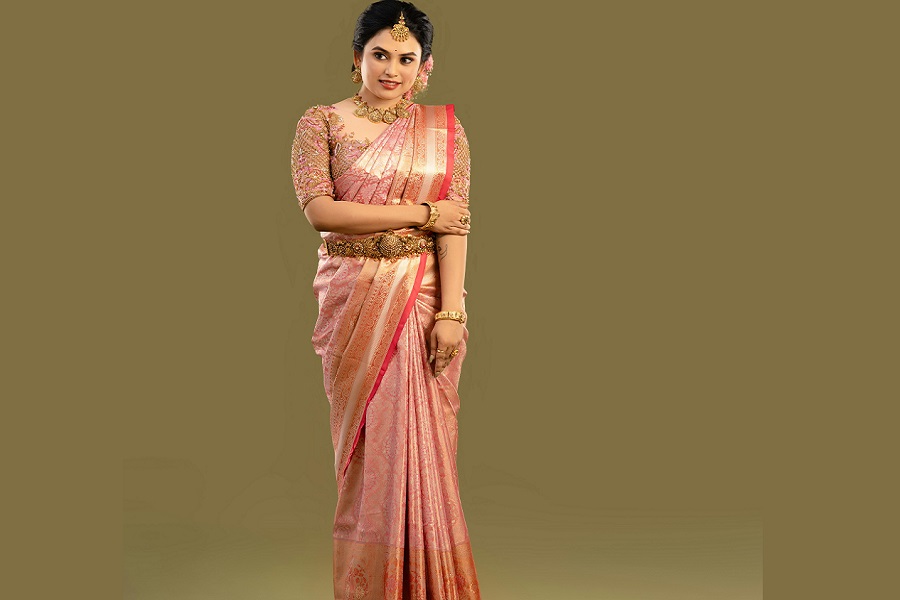
South Indian fashion is a vibrant and diverse representation of the region's rich cultural heritage. From the bustling streets of Chennai to the serene backwaters of Kerala, South Indian attire offers a delightful mix of tradition, grace, and modernity. Whether it’s the intricate weaving of Kanchipuram silk saris or the flamboyant embroidery on Chettinad cottons, South Indian dress-up culture is both timeless and evolving.
The Quintessential South Indian Saree
At the heart of South Indian fashion lies the saree, an attire that beautifully blends tradition with elegance. Each state in South India has its signature saree style, woven with unique textiles, motifs, and weaving techniques. The Kanchipuram saree from Tamil Nadu is the epitome of luxury, known for its rich silk fabric, gold threadwork, and vibrant colors. These sarees are often worn by women on festive occasions and weddings, with colors like gold, red, and green symbolizing prosperity and joy.
In Kerala, the Kasavu saree, with its signature gold border, has been a staple of the region's bridal attire for centuries. Women wear this white or cream-colored saree with a simplicity that resonates with their serene lifestyle. It is often paired with traditional jewelry, making it the perfect choice for both temple visits and festivals like Onam.
Meanwhile, Telugu and Kannada sarees are known for their stunning drape styles. The Langa Voni from Andhra Pradesh is a unique fusion of a lehenga and saree, giving it a youthful yet traditional appeal. The Mysore silk sarees, hailing from Karnataka, are loved for their soft texture and subtle shine, making them a go-to for many South Indian brides.
Traditional Jewelry
No South Indian outfit is complete without the signature jewelry pieces that are part of the region's fashion identity. Temple jewelry, made from gold and often embedded with precious stones, is commonly worn by South Indian women, especially during cultural performances and religious events. The Jhumkas, large traditional earrings that hang like chandeliers, are widely popular and come in various styles – from simple designs to intricate gold creations.
For brides, heavy Mangalsutras, long necklaces, and Vangi (arm bands) are common, symbolizing marital status and wealth. The South Indian bridal look is typically complemented with a wide range of jewelry, including Maang Tikka, Nath (nose ring), and Bangles that complete the traditional look.
Men's Traditional Attire
While South Indian women's fashion is well-known for its sarees and jewelry, men’s fashion is equally distinctive. The veshti or lungi is the classic South Indian men's wear. Made of cotton, the veshti is usually worn with a shirt or a kurta. In Tamil Nadu, the white veshti paired with a cotton shirt or silk shirt is a popular look, especially during festivals like Pongal. The veshti is also commonly worn in Kerala, where it’s called a mundu. This garment is simple yet extremely comfortable, making it ideal for the hot and humid climate of the region.
For more formal occasions, men often don a kurta with churidar or dhoti. The kurta, sometimes embroidered or woven in silk, gives an air of sophistication and is often worn during religious festivals and weddings.
The Role of Regional Fabrics and Textiles
The fabrics and textiles used in South Indian fashion play an essential role in shaping its unique character. Kanchipuram silk, Mysore silk, and Chettinad cotton are just a few examples of the region's rich textile heritage. These materials are highly valued for their quality, durability, and beauty. The use of ikat and block printing techniques from Telangana and Andhra Pradesh showcases the artistic craftsmanship that has been passed down through generations.
The colors and patterns of South Indian fabrics are another testament to the creativity of local artisans. Bright hues like crimson, maroon, and deep green are often incorporated into festive wear, while softer pastels are chosen for everyday attire, creating a perfect balance of vibrancy and elegance.
Contemporary South Indian Fashion
While traditional clothing continues to dominate, South Indian fashion has evolved over time to blend with modern sensibilities. Today, designers are merging traditional attire with contemporary silhouettes, making them accessible to younger generations. The saree has been given a modern twist with pre-stitched versions, while fusion outfits that combine the best of Western and South Indian styles have become a rage among millennials.
For instance, the saree gown, a hybrid of the saree and evening gown, is popular at weddings and high-profile events, where the traditional elegance of the saree is enhanced with the ease of a gown's fit. Similarly, the rise of ethnic wear for men, such as Indo-western kurtas, jackets, and Sherwanis, have added flair to South Indian fashion.
Conclusion
South Indian fashion continues to celebrate its heritage, and as it evolves, it maintains a unique connection to the traditions of the region. Whether it's the grandeur of a silk saree, the daintiness of temple jewelry, or the relaxed charm of a veshti, South Indian dress-up fashion is a beautiful blend of history, culture, and modern creativity. It represents an enduring legacy that continues to influence and inspire global fashion trends.
Now, let me generate an image of traditional South Indian fashion.









